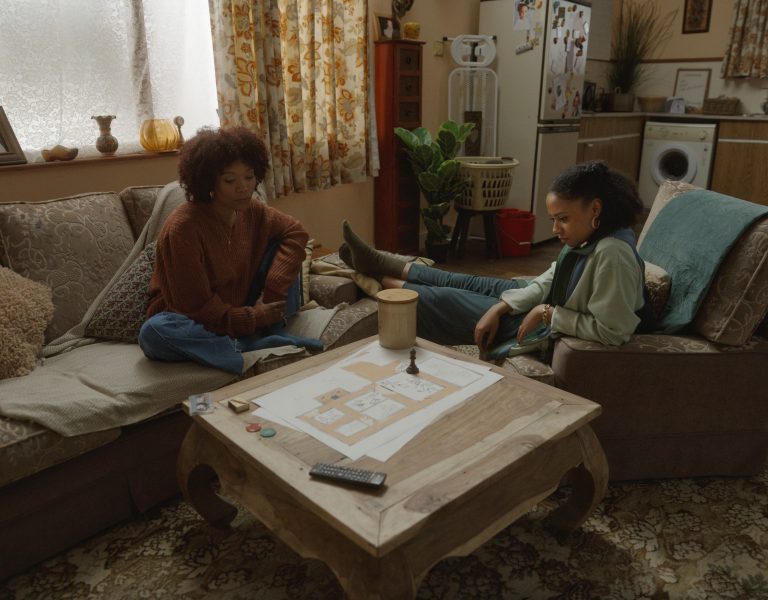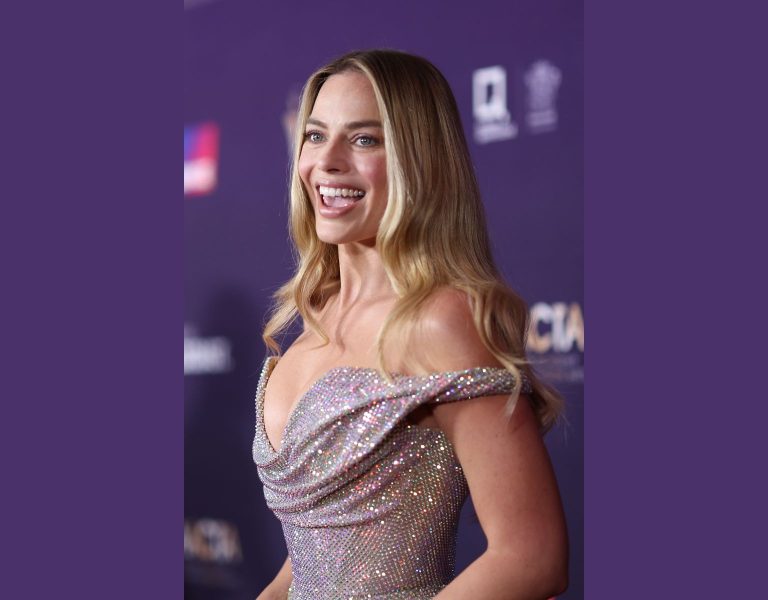Home » Features » Masterclass »
THE MOVING IMAGE
Cinematographer Rick Joaquim SASC loved the challenge of shooting the short film Stay Calm, set entirely in the back of an ambulance.
Stay Calm is a 20-minute, edge-of-the-seat thriller, set entirely in the back of an ambulance as three paramedics fight to save the life of a wounded criminal. Acclaimed actors Shaun Dooley, Lucy Eaton and Saffron Davies spiral the action into ethical discourse about whether to save a life or let this person die. The film was directed and written by Chas Harrington.
Camera Build & Lensing
It doesn’t take you long to realise that filming in the back of an ambulance won’t be easy, and that’s before you factor in four cast members in one small space, along with a camera. We didn’t want the camera to get in the way of the actors’ performances and take them out of the moment, so we went with a smaller but reactive camera build.
With the support and help of Hawk London, focus puller Joe Gubb and I tested a few lens combinations. We chose the Vantage MiniHawk lenses and paired them with an ARRI Alexa Mini LF in S35 mode. These spherical lenses, with their ingenious iris design, provided beautiful ‘anamorphic’ characteristics such as swirly bokeh, but maintained a fast stop and great close-focus. This allowed us to frame for and deliver our film in a 16:9 aspect ratio without cropping in, letting us experience as much of the environment and ambulance as possible.
For the camera build, we made use of the Fookus Pookus Backpack rig thanks to Feral Equipment. This rig meant we could separate the battery, wireless video transmitter and other accessories from the build that would usually add weight to the camera. By having these additional accessories rigged onto the detachable backpack, it allowed me to keep a smaller profile inside of the ambulance and operate the camera handheld way more easily. I could now freely follow around and react to the actors’ performances and movements without getting in the way. Another benefit was we could leave the backpack plate and its accessories outside of the vehicle – saving even more space and weight. Or if the doors needed to be shut, I would clamp the backpack plate to a railing above, or hide it inside one of the medical drawers in the ambulance, allowing only the actual camera body to remain inside the vehicle. I loved the flexibility this rig offered us.

Lighting
We always knew it was going to be tricky to light the ambulance conventionally, and I wanted to continue with the same slimmed-down approach we had with camera, so the actors could move around in the tight space freely and unobstructed.
Lighting the interior of the ambulance 360 degrees, in every direction, would make this possible. We removed the original fluorescent lights from the vehicle’s interior and replaced them with four Aputure Infinibar two-foot tubes, and covered them in an additional layer of diffusion to help wrap the lights around the actors’ faces, as we knew they would be standing up in some scenes so would get physically closer to the lights overhead.
My gaffer Adam Trz then connected his Gaffers Control Box, which is a DMX console, to control and dial in levels. We made sure to often dim down or switch off any of the two-foot Infinibar that flattened out the image or characters too much. Additionally we made use of the poor man’s process/technique by rotating and swinging lights, flags and frames around the vehicle in the studio to mimic street lights, other cars, city night ambience and the sirens from the ambulance itself.
In my own work, and when making use of strong colours, I like to try and maintain some level of “clean” key or skin tone, so when we get to the grade I can preserve that and make sure people still feel healthy or natural and not too contaminated by other colours I have introduced. On this project we wanted the interior of the ambulance to feel cold and sickly, but still retain a healthy skin tone to hold onto in the grade. I was able to once again work with the super-talented colourist Karol Cybulski from Cheat, who worked wonders as usual and helped elevate the footage even further in the grade.
We shot this project at Garden Studios but sadly due to time constraints and budget we were not able to make use of their LED walls and use virtual production (VP). I am a huge VP fan and in future I would have loved to have incorporated this into our shoot to make sure everything was done in-camera and felt real, but that being said I still feel we did a great job.
I had an amazing time on this film and loved working with the actors, crew and of course our director Chas – I look forward to problem solving the next adventure together.


















